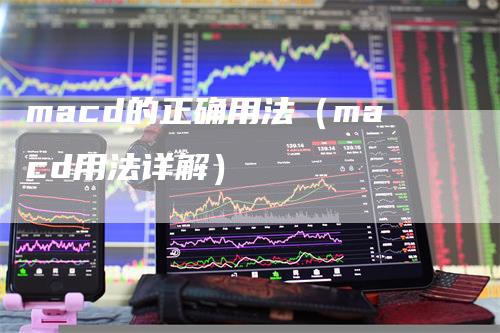
What is MACD?
MACD, short for Moving Average Convergence Divergence, is a popular technical indicator used by traders to analyze and predict future price movements in the financial markets. It consists of two lines, the MACD line and the signal line, along with a histogram. MACD can be calculated using various time periods, but the most common are the 12-day and 26-day exponential moving averages (EMA).
How does MACD work?
MACD works by measuring the relationship between two moving averages. The MACD line is calculated by subtracting the 26-day EMA from the 12-day EMA, while the signal line is a 9-day EMA of the MACD line. The histogram represents the difference between the MACD and signal line.
How to interpret MACD?
MACD provides several signals to traders:
- Signal Line Crossovers: When the MACD line crosses above the signal line, it generates a bullish signal, indicating a potential buying opportunity. Conversely, when the MACD line crosses below the signal line, it generates a bearish signal, suggesting a potential selling opportunity.
- Divergence: Divergence occurs when the price of an asset moves in the opposite direction of the MACD. Bullish divergence happens when the price makes lower lows, but the MACD makes higher lows, indicating a possible trend reversal. Bearish divergence occurs when the price makes higher highs, but the MACD makes lower highs, suggesting a potential trend reversal.
- Zero Line Crossings: When the MACD line crosses above the zero line, it indicates a shift from negative to positive momentum, suggesting a bullish market. Conversely, when the MACD line crosses below the zero line, it suggests a shift from positive to negative momentum, indicating a bearish market.
How to use MACD effectively?
While MACD can be a powerful tool for traders, it is important to use it correctly:
- Confirm with other indicators: MACD should be used in conjunction with other technical indicators and chart patterns to confirm signals. Relying solely on MACD may result in false signals.
- Consider the market context: MACD should be interpreted based on the overall market trend and conditions. It is more effective when used in trending markets rather than in ranging or volatile markets.
- Use multiple timeframes: Analyzing MACD on different timeframes can provide a clearer picture of the overall market trend. Combining signals from multiple timeframes can increase the accuracy of trades.
- Practice risk management: MACD is not foolproof and can produce false signals. Using proper risk management techniques, such as setting stop-loss orders and calculating risk-to-reward ratios, is essential to protect capital.
In conclusion
MACD is a versatile technical indicator that can be used to identify potential buying or selling opportunities in the financial markets. By understanding its interpretation and using it effectively in combination with other tools, traders can gain an edge in their trading strategies. Remember to practice and test your strategies before applying them with real money.
 微信扫一扫打赏
微信扫一扫打赏
 支付宝扫一扫打赏
支付宝扫一扫打赏





